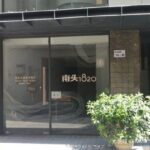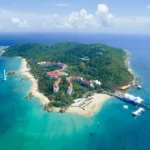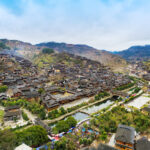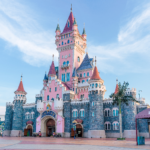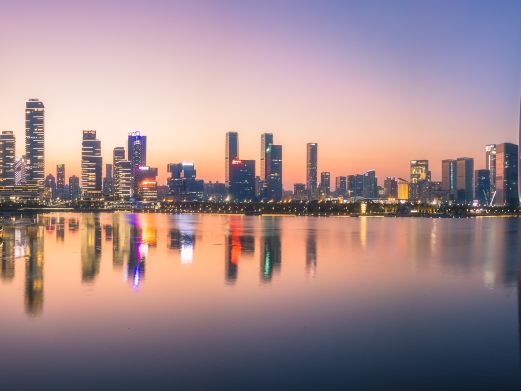Hengkeng Hengtang Ancient Village was originally established during the Yuan Dynasty’s Yanyou period. Situated in the northwest and facing southeast, the village is nestled against the mountains in a fan-shaped distribution. The longitudinal alleys within the village are lower at the front and higher at the back, arranged in a comb-tooth style, with buildings extending horizontally and vertically. There is a pond in front of the village, which is highly beneficial for ventilation, light penetration, and the discharge of rainwater and sewage.
The ancient houses, ancestral halls, family temples, and all building exterior walls, door foundations, door frames, pillar bases, and gate seat stones are all constructed with red sandstone, built tall and spacious, adorned with exquisite beams and painted rafters, featuring distinct architectural styles and characteristics of the Ming Dynasty. To this day, the Zhong Family Ancestral Hall still stands, ranking among the four major ancestral halls in Dongguan. By the Hengli Lake, there are more than ten first-class ancient trees with an age of over 500 years. Among them, a slender-leaved banyan tree, with an age of 630 years, is hailed as the ‘Tree King’ of Liaobu, bearing witness to the vicissitudes of Hengtang Ancient Village’s development over the centuries. The village is open all year round and accessible 24 hours a day.Hengkeng Ancient Village
Hengkeng Hengtang Ancient Village was originally established during the Yuan Dynasty’s Yanyou [...]


